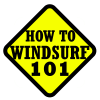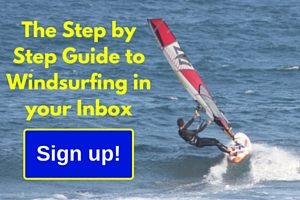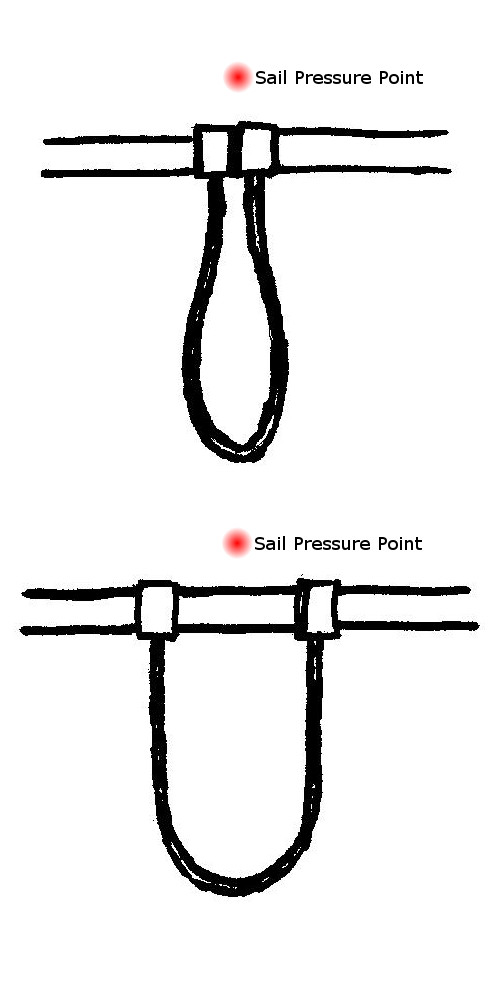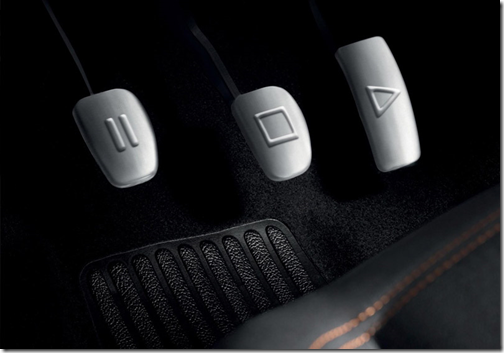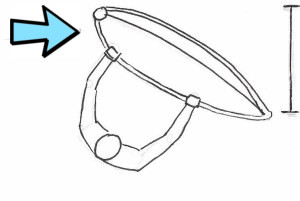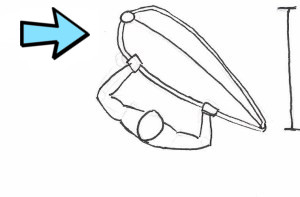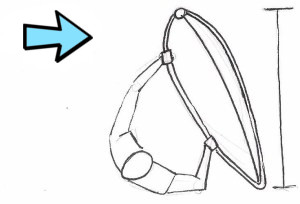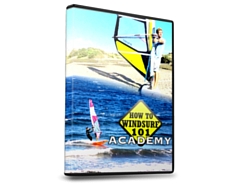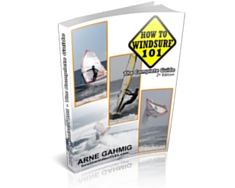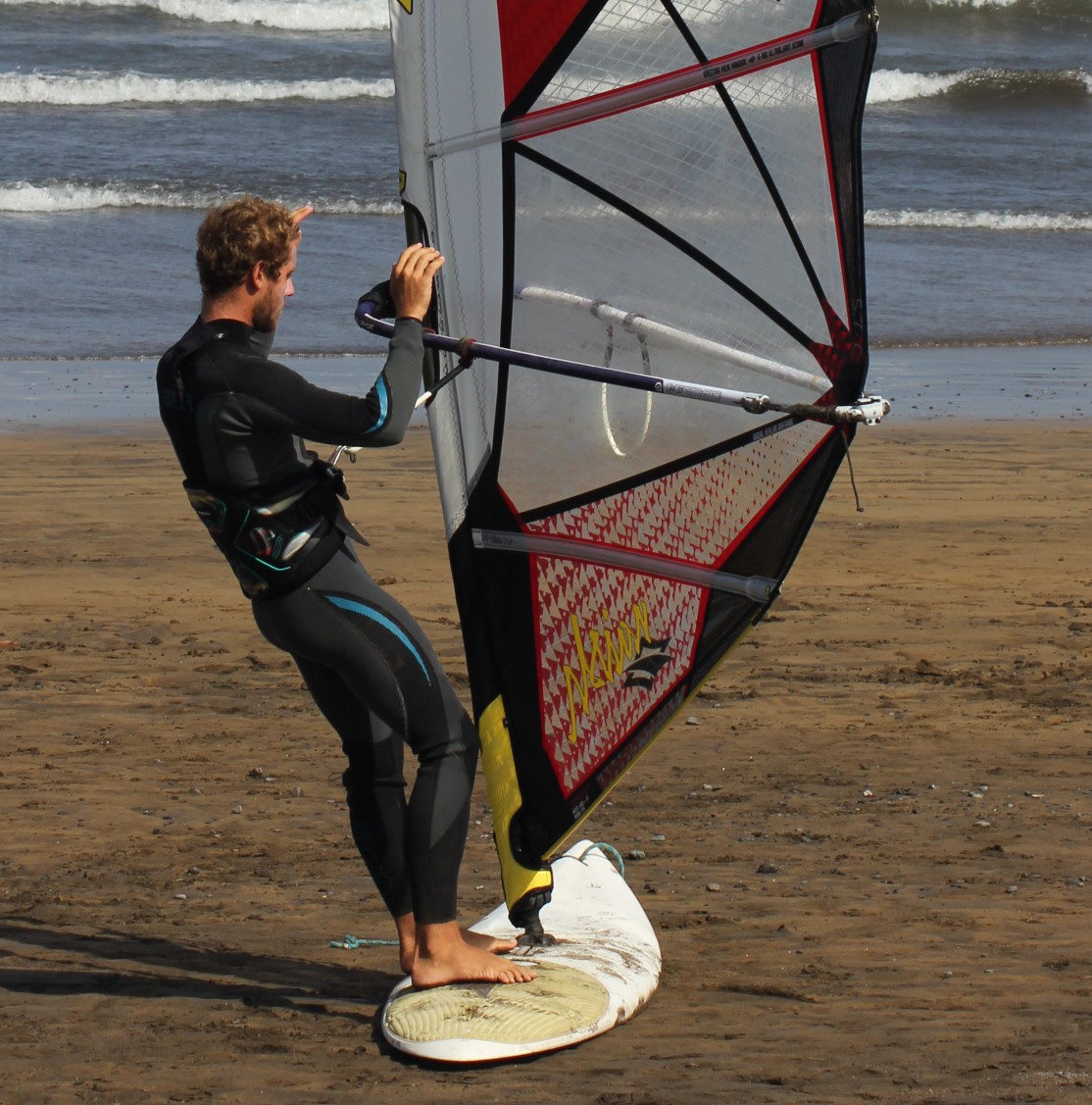
How to Set Up the Harness Lines
My previous post on harness sailing focussed soley on the practical aspect of using the harness lines. In this post I want to give a little more insight on how to put the harness lines in the correct position.
The whole idea behind using the harness is that we relieve our arms of having to hold on. This means the harness lines should be set up so that we can technically windsurf without holding the sail with our hands. How do we do this?
Remember in my post on steering that we have a general pressure point of the sail. If our harness lines are set up to be in line with this point, we don’t need any other correcting forces (holding on with our hands). This is the reason why some people sail with their harness line clips right next to each other rather than 10-15 centimetres (4-6 inches) apart.
Some people like to put the harness lines slightly forward of the pressure point, others prefer to put them slightly behind. This depends on if they are sailing overpowered or if the wind is gusty, etc. In the end we don’t want to sail with one hand but without hands so I say, take the two minutes time to position them correctly. Here is a very insightful article by Guy Cribb on where the harness lines should be. I don’t completely agree since I believe that one should not need any hand to hold the sail. The hands in my opinion should be only for control.
How do we adjust the lines?
The best and most accurate way to determine the position of the harness lines is to connect the sail to the board and set it up upright on the shore, as close to the waterline as possible (so the wind is as similar to what we get on the water as it gets). Set the boom in the correct position and hook into the harness lines.
DO NOT stand on the board when you do this. Stand next to it.
I have seen so many people adjust the harness line position standing on the board with the fin sticking in the sand taking all the weight of the windsurfer and all the load of the sideways force from the sail. The fin can snap. Apart from this “minor” material consequence, the position is awkward and not too accurate.
The ideal would be to use a simulator as it is flat on the ground (like it will be on the water) and we can set up the harness lines in relation to how our body will be positioned on the board. As I mentioned before, this is not the case for when we stand on the board with the fin, so DON’T DO IT!
How long do the harness lines have to be?
This question is the subject of a lot of debate. Some say they have to be as long as the elbow to the wrist. Others include the whole forearm. I say the harness line length varies depending on the sail. For small sails (3.4 to 4.7) where we will be sailing a little bit more agile and the sail reacts quicker, the lines should be short (I like to have 22 cm) and for large sails (anything above 5.7) they should be longer (mine are 26 or 28 cm) so that we can really lean into the wind since we are not going to be doing much more than sailing back and forth on relatively flat water.
In the end much of it is up to your preferrence and before you go for a specific length just because someone told you to, try out a few different lengths in different winds/different sail sizes to find out what suits you best.
